For years, tech enthusiasts and Apple aficionados have eagerly anticipated the arrival of Apple’s augmented reality (AR) smart glasses. These glasses, it was rumored, would seamlessly blend the digital world with our own, offering a revolutionary way to interact with information and our surroundings. However, recent reports suggest that these highly anticipated glasses may be further away than we hoped.
What’s the holdup?
According to reliable sources like Bloomberg’s Mark Gurman, Apple is facing significant technological hurdles in developing AR glasses that meet their high standards. These challenges include miniaturizing components, extending battery life, and creating high-resolution displays – all while maintaining a sleek, comfortable design. Essentially, cramming the power of an iPhone into a lightweight pair of glasses is proving to be a herculean task.
While Apple has remained tight-lipped about the project, the indefinite postponement suggests that the company is prioritizing other ventures, such as the recently released Vision Pro headset. This powerful device offers a glimpse into Apple’s AR ambitions, but its bulky form factor and hefty price tag make it a far cry from the sleek, everyday glasses that many envisioned.
The AR landscape:
Apple isn’t alone in the race to develop AR glasses. Companies like Meta and Snap have already showcased their own prototypes, albeit with limited functionality and availability. However, these early efforts highlight the immense challenges in creating consumer-ready AR glasses that are both functional and fashionable.
My Take:
As a tech enthusiast who has closely followed Apple’s every move for years, I can’t help but feel a tinge of disappointment. I remember the excitement surrounding the initial rumors, the anticipation of a product that could fundamentally change how we interact with technology. However, I also understand Apple’s commitment to delivering polished, refined products. Rushing a product to market just to meet expectations could backfire, potentially damaging Apple’s reputation for innovation.
The Challenges of Miniaturization
One of the biggest hurdles in developing AR glasses is miniaturization. To create a truly wearable and comfortable device, Apple needs to pack a powerful processor, high-resolution displays, sensors, and a long-lasting battery into a frame no larger than a regular pair of glasses. This requires significant advancements in battery technology, chip design, and display technology.
- Battery Life: Current battery technology simply cannot provide enough power to sustain AR experiences for an extended period in such a small form factor. Imagine your glasses dying in the middle of an important meeting or a captivating AR game. Not ideal, right?
- Heat Dissipation: Powerful processors generate heat, and dissipating that heat in a small device like glasses is a major challenge. Overheating can not only damage the device but also cause discomfort to the wearer.
- Display Technology: Creating high-resolution displays that are small enough to fit within the glasses’ frame while providing a clear, immersive AR experience is another major hurdle.
The Vision Pro Detour
The release of the Vision Pro headset earlier this year suggests that Apple may be shifting its focus away from AR glasses, at least temporarily. The Vision Pro, while impressive in its capabilities, is a bulky and expensive device that is more akin to VR headsets than the sleek AR glasses we’ve been anticipating.
Some experts believe that Apple is using the Vision Pro as a testing ground for AR technology, refining the software and user interface before attempting to miniaturize it for glasses. This approach makes sense, as it allows Apple to gather valuable user feedback and perfect the AR experience before committing to a smaller form factor.
The Competitive Landscape
While Apple grapples with these challenges, its competitors are forging ahead with their own AR glasses projects. Meta, for instance, has partnered with Ray-Ban to release Stories glasses, which allow users to capture photos and videos, listen to music, and make calls. Snap has also showcased its Spectacles AR glasses, which overlay digital content onto the real world.
However, these early iterations of AR glasses are still far from the seamless, immersive experience that Apple is reportedly aiming for. They often have limited functionality, short battery life, and bulky designs. This gives Apple an opportunity to leapfrog the competition with a truly revolutionary product, but it also adds pressure to deliver a device that exceeds expectations.
What Does the Future Hold?
Despite the delays and challenges, it’s unlikely that Apple has given up on its AR glasses ambitions entirely. The company has invested heavily in AR technology, and it clearly sees it as a key part of its future.
However, it’s clear that we won’t be seeing Apple’s AR glasses anytime soon. Experts predict that it could be several years, perhaps even a decade, before the technology matures enough to meet Apple’s stringent standards.
In the meantime, we can expect to see incremental advancements in AR technology, both from Apple and its competitors. The Vision Pro headset is likely just the first step in a long journey towards a future where AR is seamlessly integrated into our everyday lives.
My Thoughts:
While the delay is disappointing, I remain optimistic about the future of Apple’s AR glasses. Apple has a history of taking its time to perfect new technologies, and I believe that when they finally do release their AR glasses, they will be a game-changer. Until then, I’ll be eagerly following the developments in this exciting field, hoping for a glimpse of the future that Apple has in store for us.

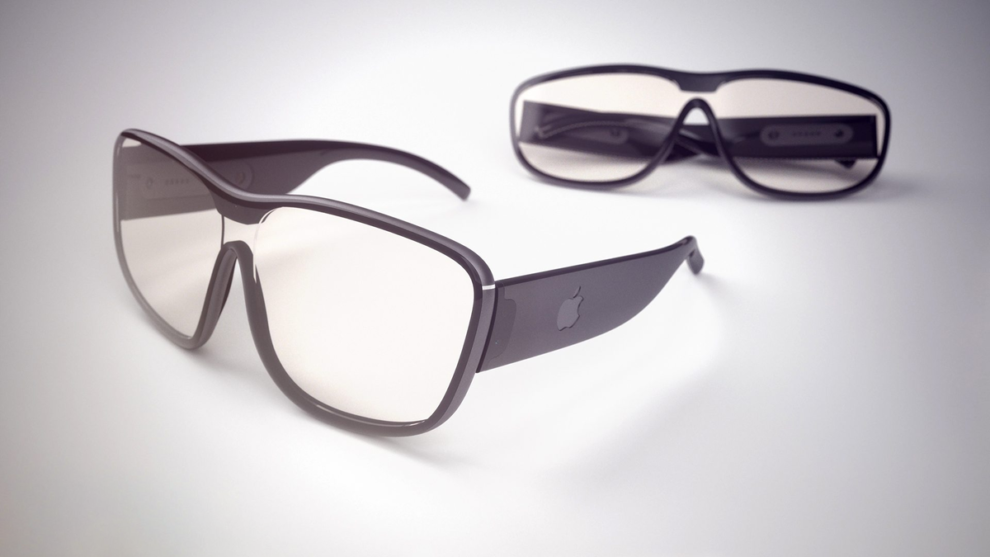
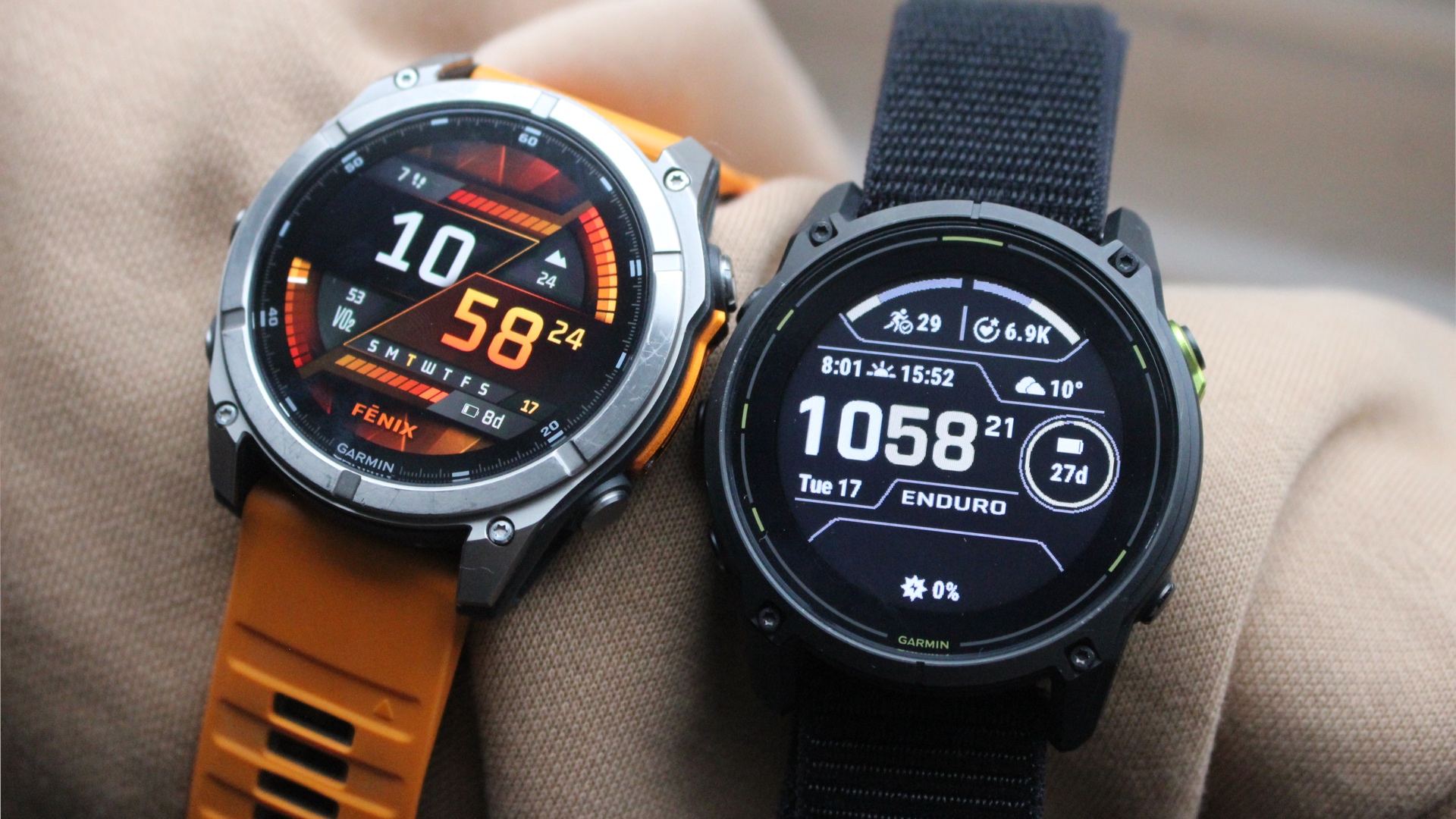
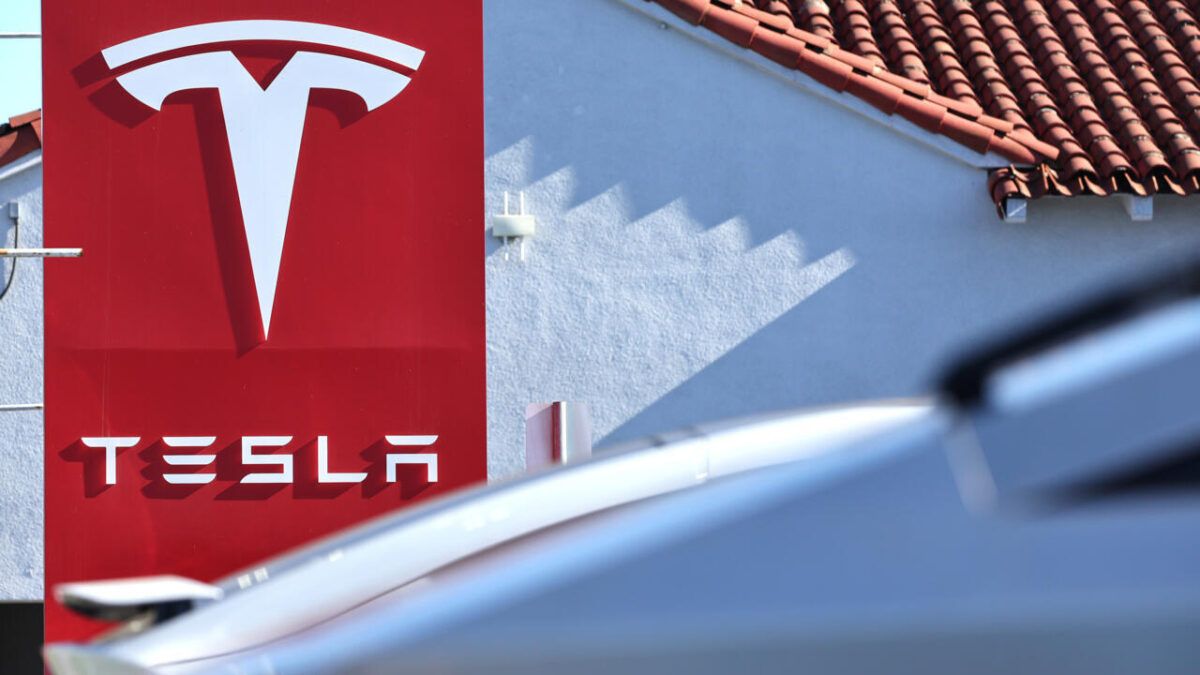

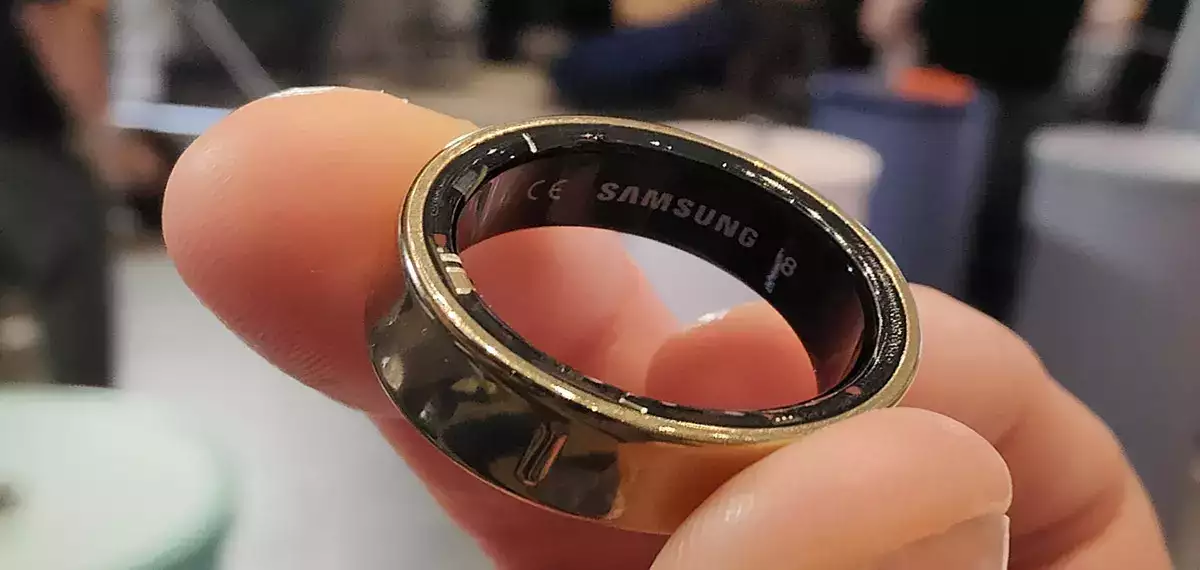

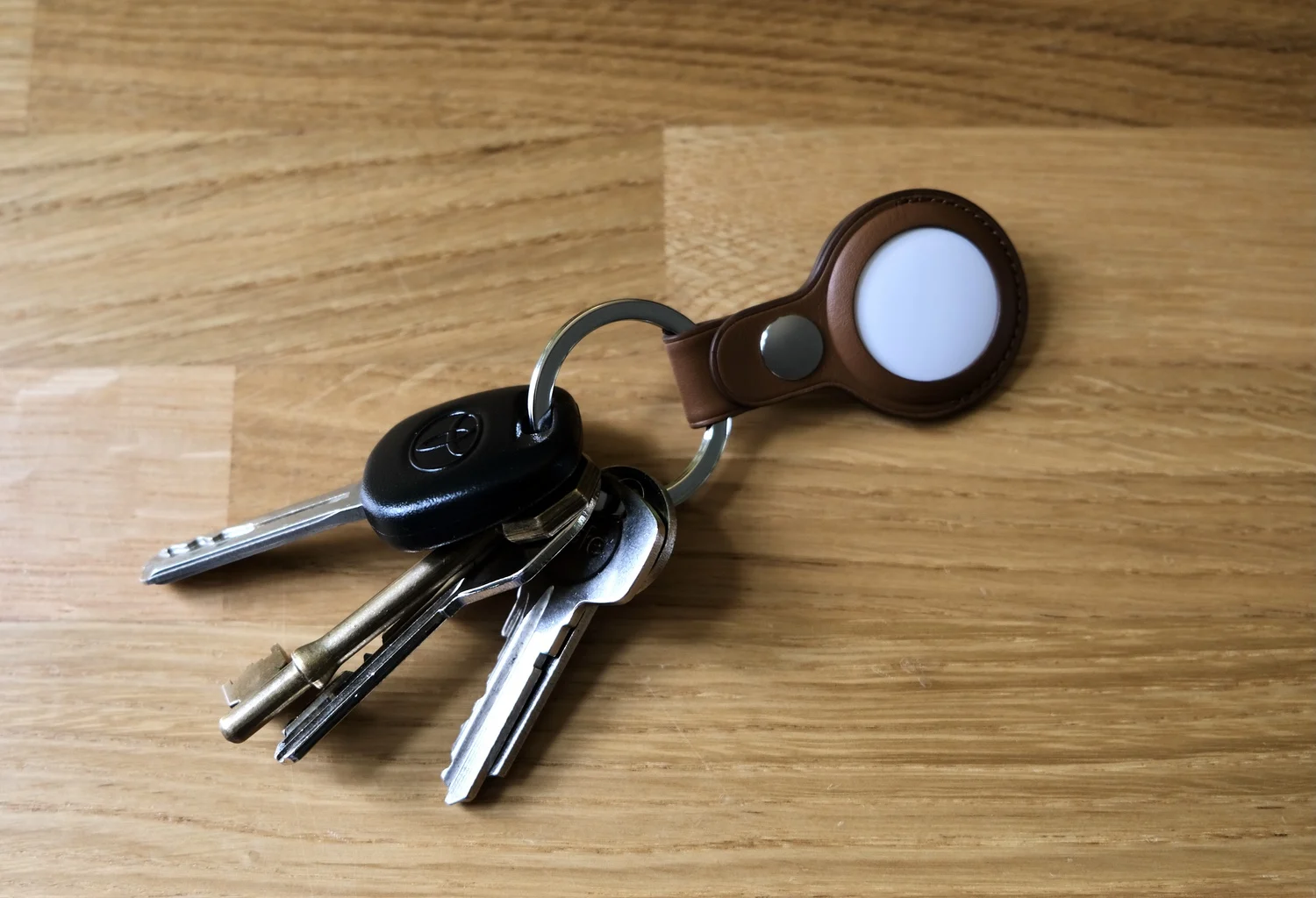


Add Comment